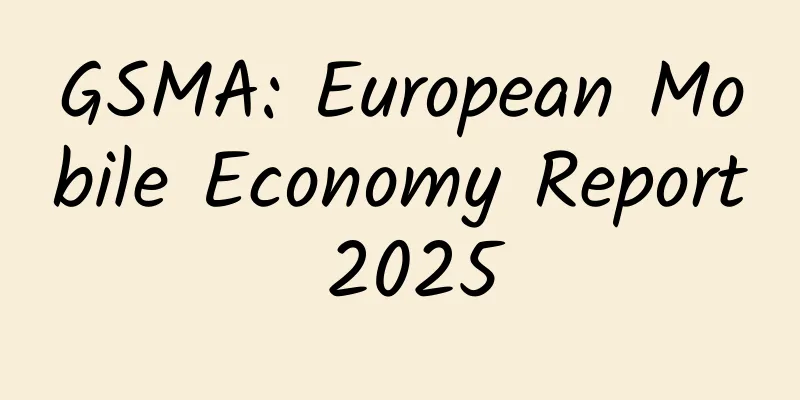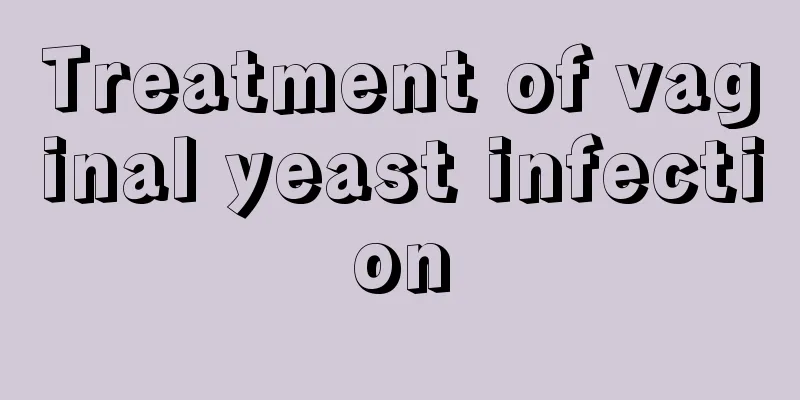GSMA: European Mobile Economy Report 2025

|
GSMA released the "European Mobile Economy Report 2025", which stated that by the end of 2024, 5G will account for 30% of European mobile connections, equivalent to 200 million; the global average is 24%. 5G is expected to become the dominant mobile technology in continental Europe by 2026 and already accounts for the majority of connections in Germany and Switzerland, while adoption rates in Denmark, Finland, Norway and the UK have exceeded 40%. It is expected to provide an additional €164 billion to the overall economy by 2030, with 80% of connections in continental Europe expected to be 5G by 2030, compared to 18% for 4G. Maximizing the potential of 5G One promising area is advanced 5G technologies such as 5G Standalone (SA) and 5G-Advanced, which are gaining traction and will help unlock new use cases and monetization opportunities. In Europe, operators are beginning to deploy 5G SA, which does not rely on LTE (Long Term Evolution) to operate, providing opportunities for new applications. As of September 2024, 18 European operators have launched 5G SA services, including EE in the UK and Free in France. Maintaining Europe's global competitiveness Meeting Europe's digital infrastructure needs is an important first step in revitalizing Europe's telecoms industry as an engine of competitiveness and prosperity. The benefits of increased investment will not be limited to the telecoms and technology sectors, but will also benefit all other industries. European operators and artificial intelligence European operators are at the forefront of AI and generative AI (GenAI) development, with 36% of operators having extensively deployed GenAI across multiple business areas. The report highlights recent applications by European operators such as Deutsche Telekom, EE, Orange and Vodafone in network optimization, security enhancement and customer service. Other key findings from the report include: In 2023, the mobile industry will add €1.1 trillion in economic value to the European economy, accounting for 5% of European GDP. Europe is a major player in the GSMA Open Gateway, with committed operators accounting for more than 20% of the signatories despite accounting for only 10% of global mobile connections. 5G is expected to contribute €164 billion to the European economy by 2030, of which 34% is expected to come from manufacturing, followed by public administration (19%) and services (12%). 5G Fixed Wireless Access (FWA) has emerged as an important use case in both the consumer and enterprise sectors, complementing operators’ enhanced mobile broadband offerings. It is estimated that by 2030, there will be 545 million licensed cellular IoT connections in Europe, with Germany accounting for a quarter of them.
|
>>: Dietary guidance for patients with hypertension
Recommend
Pregnancy belly black line
It is a normal physiological phenomenon to have a...
Is it okay for girls to build muscle?
Compared with men, women are born with poor eyesi...
What should women eat if they have a lot of moisture in their body?
The condition of heavy dampness may be caused by ...
Does dragon fruit have the effect of breast enhancement?
Dragon fruit is a kind of fruit that many people ...
Causes of stomach discomfort in pregnant women
Female friends who are pregnant will experience s...
Suddenly I became infertile and vomited. Am I afraid that the fetus will stop growing?
When pregnant women reach the second trimester, t...
Symptoms of headache in women
Head wind is a symptom of physical headache. Wome...
Drink enough boiled water every day to get "priceless" health
Drink enough boiled water every day to get "...
What is the reason why the menstrual blood is brown in the later stage of the long period?
As long as women are in good health, their menstr...
A woman with weak waist and knees and weak legs
Although the living standards are better nowadays...
What to eat to treat less dark menstruation
Generally speaking, the color of a girl's nor...
How long does it take to get pregnant before taking medicine to abort it?
With the advancement of medical technology, the t...
Can I drink burdock tea during menstruation?
Burdock tea is made from burdock, which is warm i...
Can any kind of corn be used to make corn juice? Benefits of drinking corn juice for pregnant women
Corn juice is a healthy drink made from corn as t...









